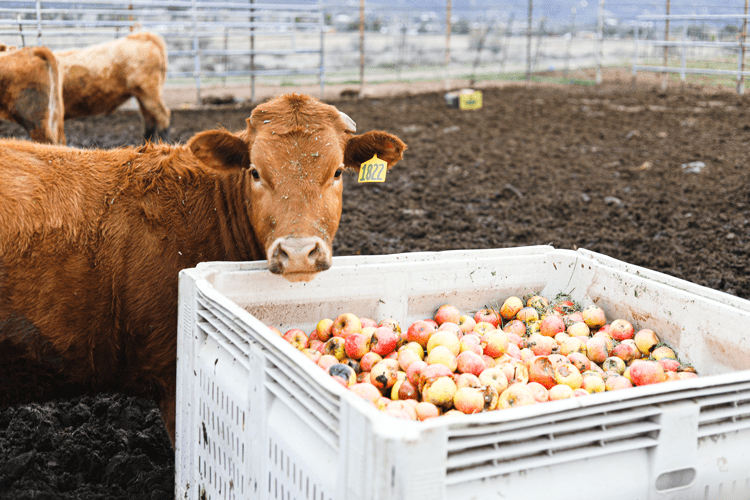Connecting Local Farmers to Food Waste to Help Feed Animals
When you can’t feed people, feed animals. That’s what the Environmental Protection Agency’s Food Recovery Hierarchy tells us. And that’s what we do at Feeding San Diego. Food waste is an unavoidable aspect of operating a hunger-relief non-profit. It doesn’t have to be negative. When food reaches a certain point, it can no longer be fed to humans. Instead of going to a landfill, which creates harmful greenhouse gas emissions, it can be fed to animals. Feeding San Diego supports three local farms with donated food waste from our distribution center to feed cows, pigs, and sheep.
A Mutually Beneficial Partnership
One of those farms is Sage Mountain Farm. The farm is about an hour outside San Diego in Anza. This family farm embodies all things local, sustainable, and seasonable. Owner Phil Noble and his family are committed to growing the best produce and raising grass-fed meat for San Diegans to enjoy. All of the farm’s fruits and vegetables are grown using organic processes and natural well water from the nearby San Jacinto Mountains. They also maintain strict organic guidelines in raising steers, chickens, sheep, and pigs. All those animals are hungry. They enjoy the food that’s unfit for human consumption from Feeding San Diego’s Sorrento Valley headquarters.
Phil Noble, owner of Sage Mountain Farm
“We’ve been working with Feeding San Diego for about a year and a half now,” said Phil. “It really helps offset the cost of our feed. We pick up food waste from Feeding San Diego on the way back to our farm after doing deliveries in town. I’m honored to be involved with a hunger-relief organization.”
By taking the food waste we can’t use to feed people off our hands, Phil is helping our organization reduce waste. As an added bonus, we get the satisfaction of helping keep his animals well-fed.
Spring Gleaning
Volunteers at our volunteer center glean the food that makes its way out to the farms. Our volunteer shifts, held Monday through Saturday, often have volunteers gleaning fresh produce that we have rescued from bigger farms or food vendors. Surprisingly to some, there is always produce that cannot be fed to humans: an apple with a bruise that got too mushy, tomatoes with flesh that has burst, zucchini that has a bit of mold. Above all, what happens to this produce makes a big impact on our environment. We rescue as much as possible for humans, and feeding animals is the next best option to keep food out of landfills.
A cow at Sage Moutain Farms enjoys a snack
Food is the single largest category of material placed in municipal landfills. Consequently, it generates harmful greenhouse gases. At the same time, a staggering 35 percent of food in the U.S. goes unsold or uneaten every year. Over 70% of the food Feeding San Diego distributes is rescued. Rescued food is the primary means of supplying food to our community (versus purchasing). We rescue high-quality food from over 600 locations in San Diego County and over 225 farms and packing sheds throughout California.
Learn more about how we feed people, not landfills.










